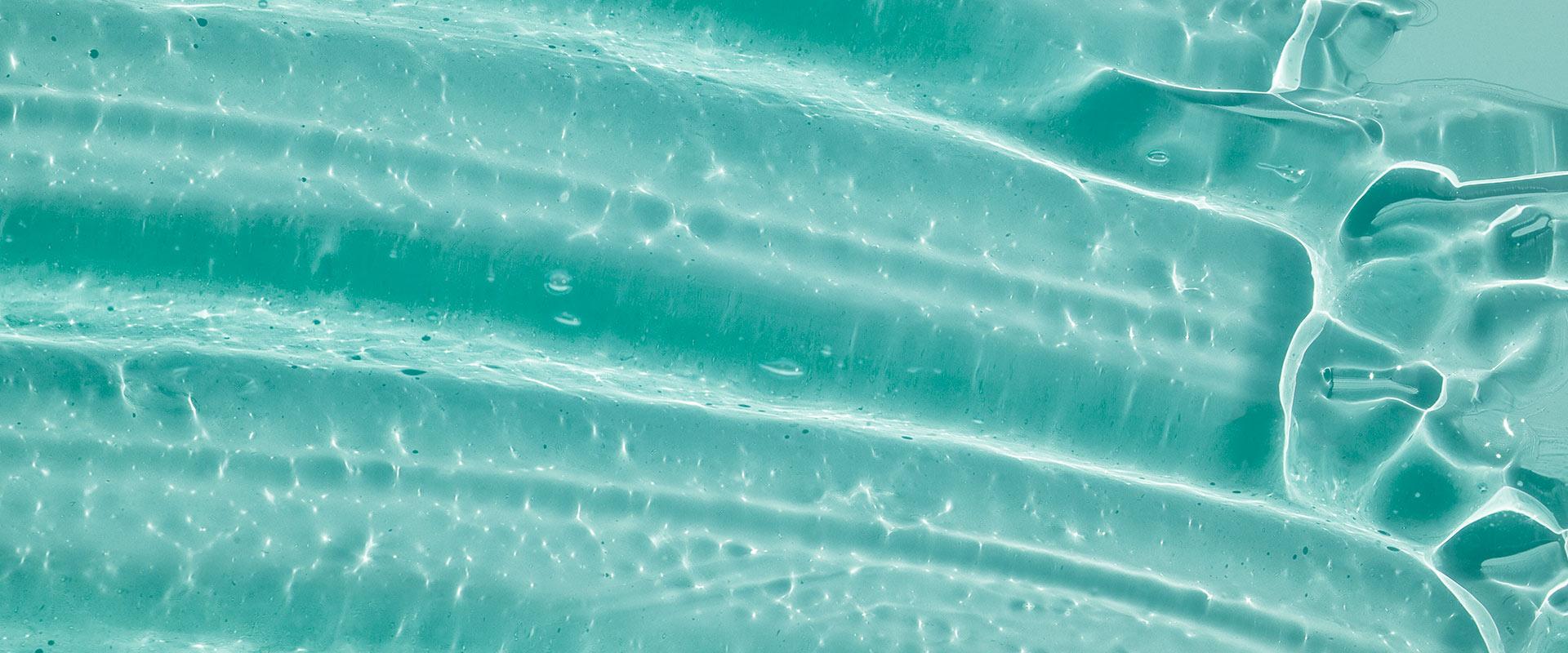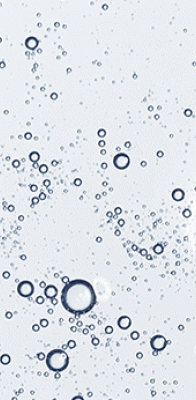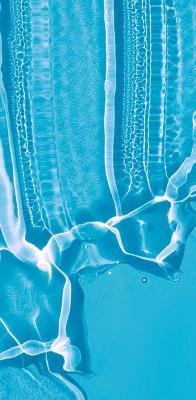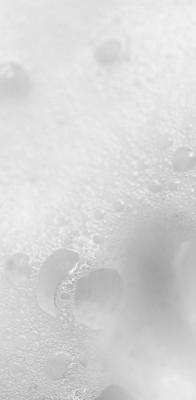What is BHT?
Butylated Hydroxytoluene or BHT is a stabiliser that can be found in cosmetic products. It acts as an antioxidant that helps maintain the properties and performance of a product as it is exposed to air (to avoid a change in odor, in color, in texture...).
To identify BHT in our products, take a look at the ingredients list on packaging. It can be found under the acronym BHT.
Where does it come from?
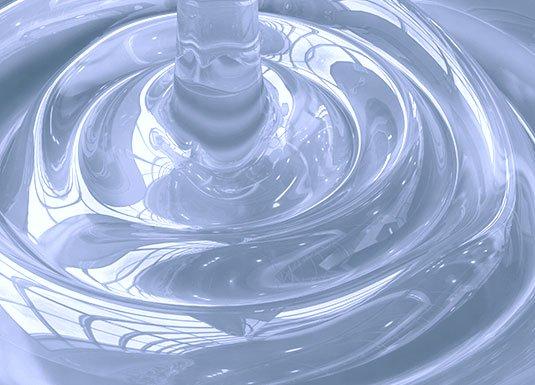
In cosmetics, BHT is of synthetic origin.
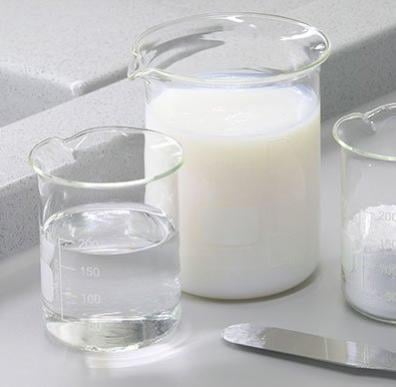
BHT is formulated in the laboratory.
What is it used for?
BHT is used in various cosmetic products, including certain formulas containing fats or in aqueous emulsions containing certain active ingredients or plant extracts. It is an antioxidant used in certain products to stabilise and protect the raw materials themselves, and less as an ingredient in and of itself. It can resist high temperatures (unlike some natural antioxidants): it is therefore very useful in certain raw material manufacturing processes. We only use it as an ingredient for its antioxidant properties, helping to protect the products from oxidation and ensure the quality and stability of formulas.
-
Stabilizing agent
-
Anti-oxidant
Why is it questioned?
BHT is accused of being an endocrine disruptor and of having toxic effects on the liver, kidneys and lungs at extreme doses, by ingestion. BHT is also suspected of having a potential for bioaccumulation in aquatic species. Lastly, it is accused of carrying a carcinogenic potential because it is confused with another ingredient called BHA, ingredient that we don't use.
Facts:
• Current data does not confirm the endocrine-disrupting properties of BHT as defined by the World Health Organization (WHO). The role of WHO is to lead and coordinate global health within the United Nations.
• In December 2021, the Scientific Committee on Consumer Safety (CSSC) issued a new opinion on BHT after reevaluating this ingredient, considering suspicions of endocrine disruption. It is mentioned that the use of BHT in cosmetics is safe for the consumer at concentrations below 0.8% in both rinse-off and non-rinse-off products.
• Regarding studies demonstrating the potential toxicity of BHT, these were conducted under conditions of ingestion at very high doses that are in no way similar to cosmetic use. More information here.
• BHT is not considered a bioaccumulative substance for the aquatic environment. It is classified as highly toxic to aquatic organisms, which may cause long-term adverse effects.
Why and how do we use it?
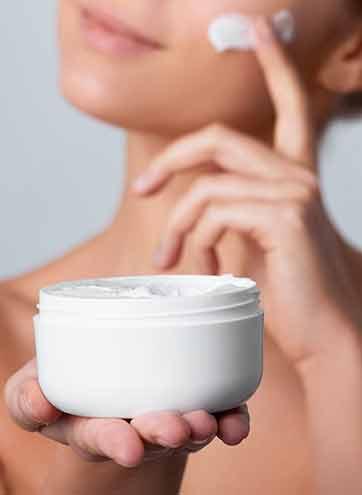
BHT is an antioxidant that prevents the oxidation of products, and in particular the fatty phase of formulas that are likely to rancor or degrade when in contact with the air. Oxydation is a chemical reaction through which a componant of the formula react with the oxygen. It enables to maintain the properties and performance of a product when exposed to air.
We use BHT at an optimal and regulated concentration level: 0.1% in leave-on products and 0.5% in rinse-off products. The safety of our products and ingredients is an absolute priority. We only market products that are safe which have been subject to a very strict evaluation of their quality and safety by internal and third party experts.
As part of our commitment to continuous improvement, we are working with our suppliers to stop the use of BHT as a protecting agent of raw materials.

